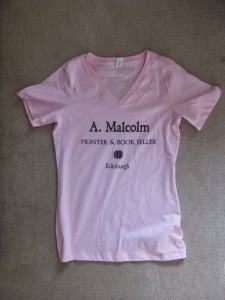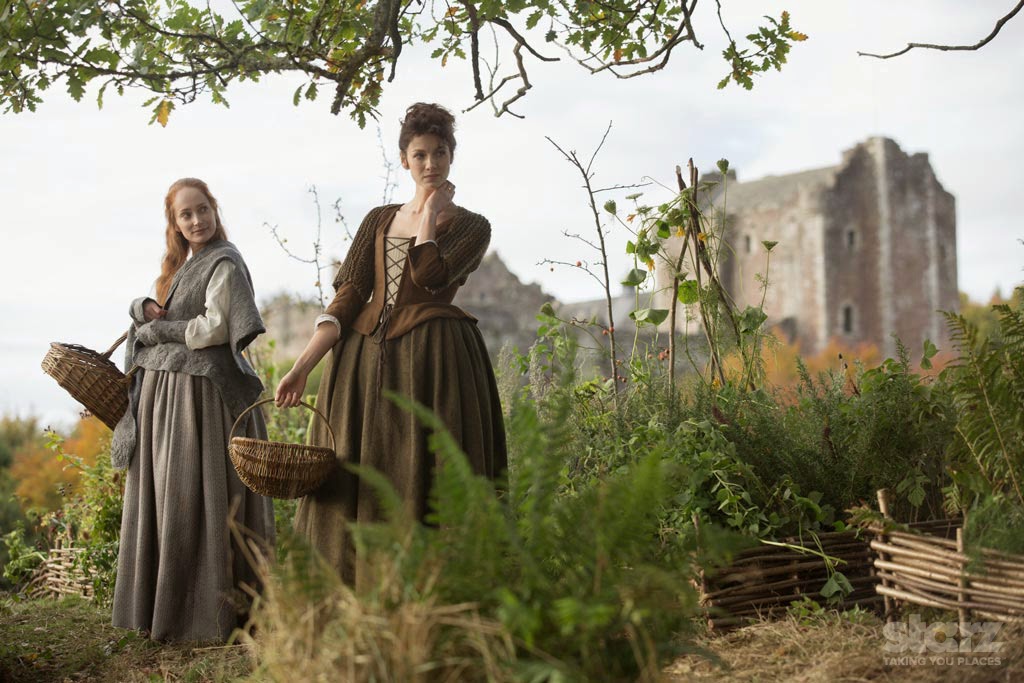This post is the second one concerning the character analysis of Geillis Duncan, and it will cover only the third book of the Outlander series, Voyager.

Readers have a tendency to want confirmation or explanations for certain mysteries when reading a book. In the Outlander series one of these mysteries is the relationship between Joe Abernathy and Ishmael, which is not explicitly stated. However, the author drops certain clues and allusions to solve this enigma. Here are some of these clues and allusions that implicitly explain the fact that Ishmael is Joe’s ancestor.
He sounded like Joe Abernathy, I thought drowsily, dictating an autopsy report – unvarnished and unappetizing physical details, related in a voice like a deep golden lullaby. (868-869)
I could see Joe’s hands in memory, dark on the pale skin of an accident victim, moving swiftly as he made his verbal notes to the tape recorder. (869)
I came awake suddenly, heart pounding, hearing the echo of Joe’s voice coming from the table a few feet away. (869)
“Houngan is what the blacks call one of their medicine-priests; though to be quite right about it, I believe Ishmael said his sort of black called him an oniseegun, or somesuch.” (968)
Ishmael is basically a medicine-priest, and his descendant in the 20th century, Joe, is a medical doctor. A parallel is established between these two characters. However, the most interesting connection between them is that they both foreshadow Geillis’ death.
Geillis Duncan as a White Lady
Dr. Abernathy refers to Geillis as a white lady. Here is an excerpt when Abernathy is discussing Geillis’ skeletal remains.
Well, now that we’ve got Mr. Thompson and his dead white lady sorted out, what can I do for you, L.J.? (Voyager, ch. 20)).
- Her remains were obtained from a Caribbean cave.
- Her age is estimated to be somewhat between late-40s and mid-50s. This was probably done by looking at teeth wear and bone density.
- Sex determination was probably done by looking at the hip bone, which displays in females wider anatomical features and it also shows evidence of birthing trauma.
- The remains belong to somebody of European descent (white). This task is done by comparing the measurement of long bones among different races. This information is listed on a reference table.
- The skeletal remains are dated 150 – 200 years before 1968.
“A woman bleeds, she kill magic. You bleed, got your woman-power, the magic don’t work for you. The old women do magic; witch someone, call the loas, make sick, make well.” He gave me a long appraising look, and shook his head. (1012),
“You ain’ gone do the magic, what the Maggot do. That magic kill her, sure, but it will kill you too.” He gestured behind him, toward the empty bench. “You hear Bouassa speak? He say the Maggot die, three days. She taken the boy, he die. You go follow them, mon, you die, too, sure.” (1012).
“Stones of protection; amethyst, emerald, turquoise, lapis lazuli, and a male ruby.” ( 970)
“The male stones are what ye use, though; the females don’t work.” (970).
The wealth of hints, allusions and other foreshadowing devices are the reason why Voyager is my favourite of the first three Outlander books.
Excerpts from
Gabaldon, Diana. Voyager. New York: Bantam Dell. 1994. Print.
